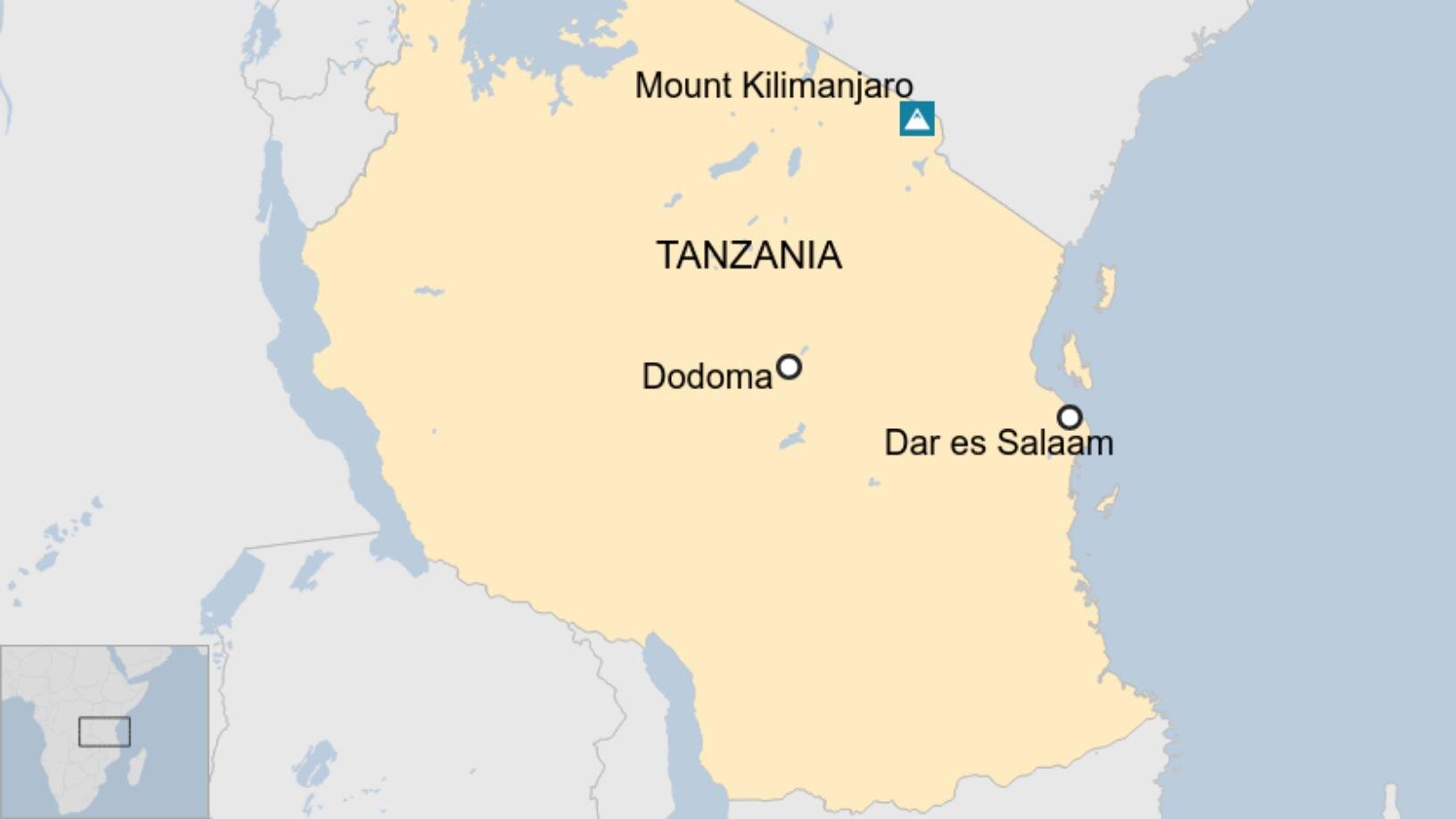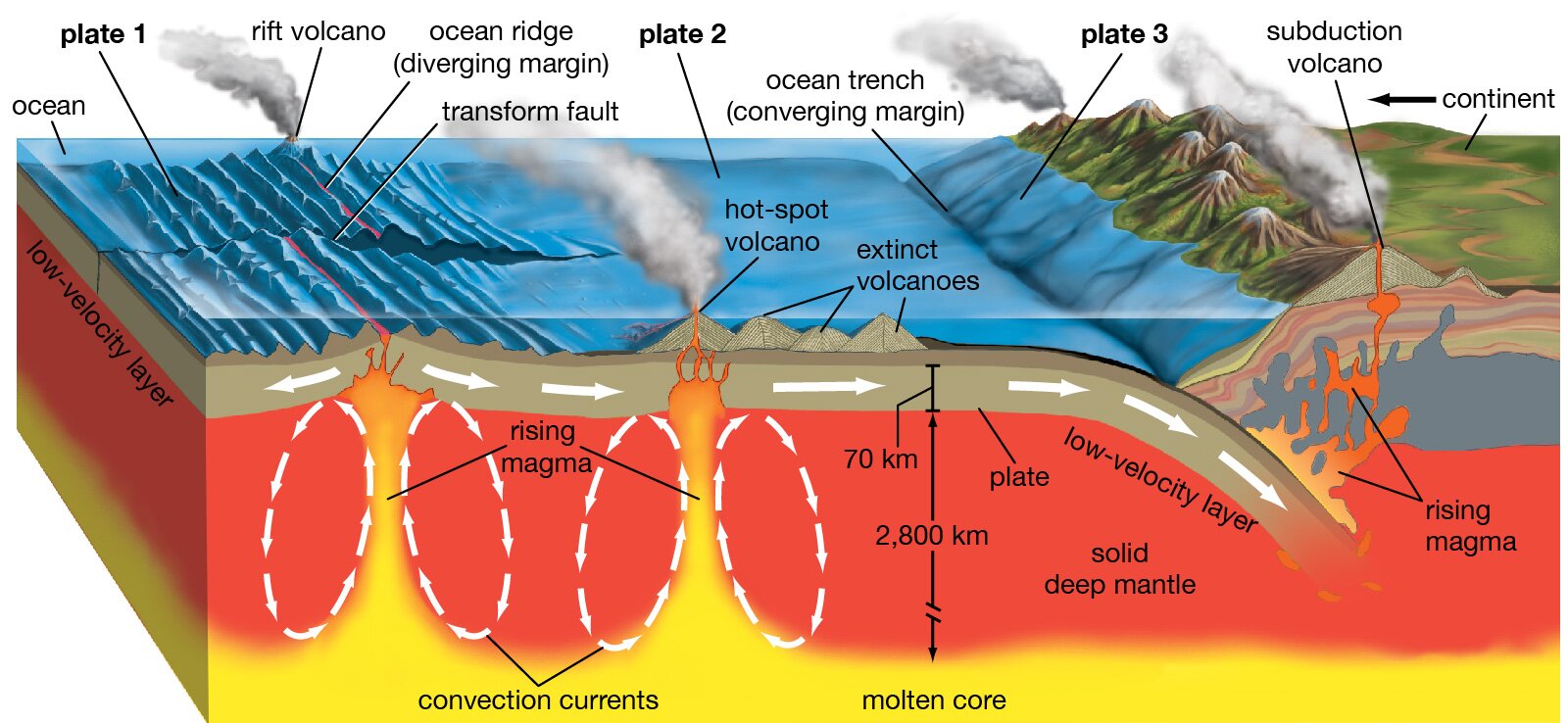Mount Kilimanjaro | 13 Oct 2020
Why in News
Recently, a fire that has broken out on the slopes of Mount Kilimanjaro, the highest peak in Africa.
- The cause of the fire is not clear but strong winds and dry weather have caused it to spread fast.
Key Points
- Located in Tanzania, Mount Kilimanjaro is Africa’s tallest mountain at about 5,895 meters.
- It is also the largest free-standing mountain rise in the world, meaning it is not part of a mountain range.
- Kilimanjaro is a stratovolcano or composite volcano (a term for a very large volcano made of layers of ash, lava, and rock) and is made up of three cones: Kibo, Mawenzi, and Shira.
- Kibo is the summit of the mountain and the tallest of the three volcanic formations. While Mawenzi and Shira are extinct, Kibo is dormant and could possibly erupt again.
- Scientists estimate that the last time it erupted was 3,60,000 years ago.
- Kibo is the summit of the mountain and the tallest of the three volcanic formations. While Mawenzi and Shira are extinct, Kibo is dormant and could possibly erupt again.
- The mountain is also known for its snow-capped peak which might disappear within the next 20 years or so as per the warnings by the scientists.
- In 1973, the mountain and its six surrounding forest corridors were named Kilimanjaro National Park in order to protect its unique environment.
- The park was named a United Nations Educational, Scientific and Cultural Organization (UNESCO) World Heritage site in 1987.
- It is a popular tourist destination and tens of thousands of people climb it every year.
Volcano
- A volcano is an opening on the surface of a planet which allows material warmer than its surroundings to escape from its interior.
- When this material escapes, it causes an eruption. An eruption can be explosive, sending material high into the sky. Or it can be calmer, with gentle flows of material.
- On Earth, the erupted material can be liquid rock ("lava" when it's on the surface and "magma" when it's underground), ash, cinders, and/or gas.

